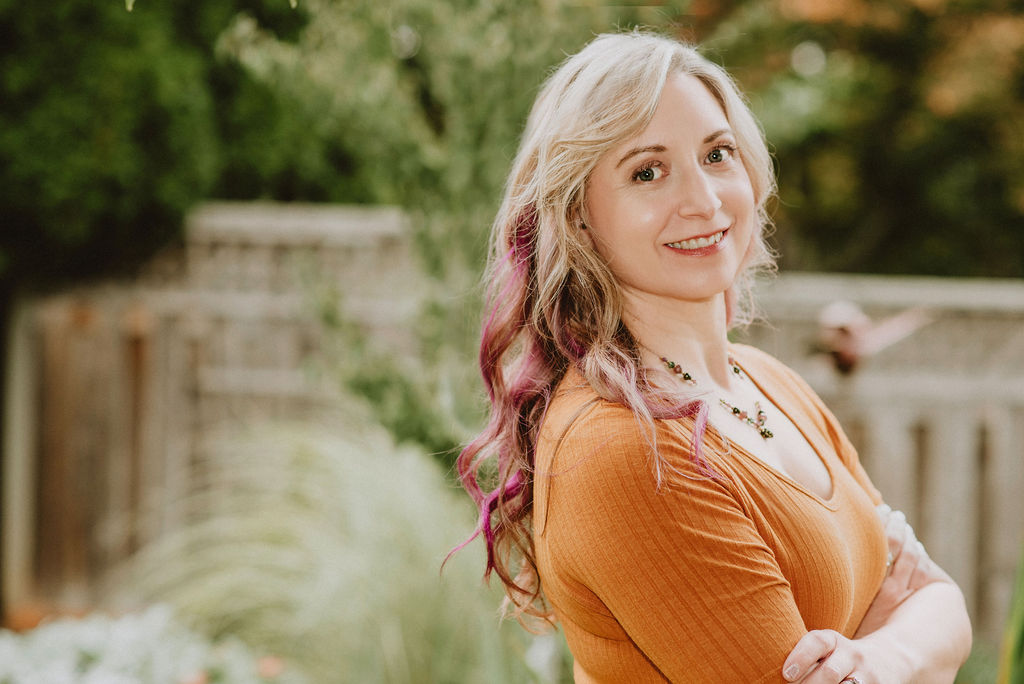We recently connected with Amy Bonaduce-Gardner and have shared our conversation below.
Amy, thanks for taking the time to share your stories with us today We’d love to hear the backstory behind a risk you’ve taken – whether big or small, walk us through what it was like and how it ultimately turned out.
Taking A Risk Back in 2007, I became certified in the Fajardo Method of Holistic Biomechanics™ and spent nearly 13 years working at Transformations Studio under the creator of the modality. It was a deep dive into the nervous system, fascia, movement, and the kind of biomechanics that makes your nervous system whisper, “Thank you.” But in 2009, the studio needed to change locations due to facility issues, and eventually the brick-and-mortar closed its doors.
I left Transformations and launched Prism Movement Studio.
I never wanted to own a business. I had two incredible female mentors who ran their own, and I thought, “No thanks.” But when the universe shoved me off the dock, I had two choices: sink or swim. So I swam.
Starting Prism was a leap. No more umbrella of the modality’s creator. No safety net. Just me, my skills, and a prayer to the gods of client referrals. I had zero business experience, much less training.
I began by renting space by the hour—low commitment, high flexibility. Lucky move, because then came the pandemic. Suddenly, everyone was online. I had a bit of experience seeing clients virtually (yes, on Skype), but the pandemic cracked our willingness to try new things online. Business boomed. I worked more than I ever had.
Then came the next risk: opening my own physical studio space. Most of my clients were still online, but I wanted the freedom of having my own schedule and space. I didn’t cannonball into the decision—I dipped a toe. Was the equipment available? Miraculously, yes—one unit left in the entire U.S. Was there an affordable space? Also yes—just upstairs. Would my husband object to a loan? Surprisingly, no. In fact, he painted the studio himself, which I took as enthusiastic consent.
The moral of the story?
Choose. Act. Observe. Refine & Respond.
This is the somatic decision-making cycle I teach to folks stuck in the sticky web of fight-or-flight. If I don’t choose, maybe I’m fleeing. If I choose but don’t act, maybe it’s freeze. If I act but never observe the results? That’s the nervous system stuck on repeat, hoping for a plot twist.
And that final step—refine and respond—is where the magic lives. If the results don’t match your intention, tweak the recipe. Add more reflection. Less panic. Maybe a splash of humor. And keep swimming.
Awesome – so before we get into the rest of our questions, can you briefly introduce yourself to our readers.
My story begins as a dance teacher. A very stressed out dance teacher, working as a dance specialist in the local public schools. I found myself with sharp pain in my knee, randomly collapsing, and stairs a no-go. Turns out, I tore my left medial meniscus, with no event to account for it. Physical therapists tried their best, but as a dancer, you never admit to pain. As they coaxed me into that honesty, they found themselves with no tools in the toolbox. The surgeon declined to proceed with surgery. He explained that, given the characteristics of the tear, any operation would be exploratory in nature and, considering my age, was not advisable. So a friend of mine referred me to Transformations Studio. I also knew, that no matter what happened with my knee, my body in general wasn’t going to go the distance as a dance teacher. A new career was soon around the corner.
What I learned at Transformations Studio not only changed my knee function, but also answered all the nerdy body questions I had as a dancer. I entered the teacher training program where I completed the lecture portion in one summer, then took a leave of absence from the school district the following year to complete all the additional hours and testing for certification. I never went back to the school district, just as I never left Transformations Studio. (Until I did…)
Having studied with the creator of the modality over so many years, I also got to watch and learn as it grew and evolved in itself. This, in addition to the numerous other certifications, training, and education, and over 30-years of teaching experience, means that the offerings I have to clients are board. I specialize in helping people improve their quality of life by addressing unresolved physical and emotional challenges, including pain, movement difficulties, chronic illness, chronic stress, and mental health issues such as anxiety and depression. Clients that have had surgeries that didn’t land them where they want to be. Clients that want to avoid surgery at all costs. Olympic athletes to coach potatoes. Preschoolers to grandparents. Through techniques like body mapping, movement, and mindset work, I empower clients with practical tools to build resilience and enhance their well-being.
Training and knowledge matter of course, but beyond that what do you think matters most in terms of succeeding in your field?
All the information in the world will not allow you to teach, solve the problems of the world, or keep you emotionally or physically secure. Rote memorization is a fight-or-flight way of understanding the world. It is limited. A parasympathetic brain/body experiences the world and information presents itself as it is relevant. This isn’t to say don’t get the education. It means you need to be aware of how you consume it.
This I had to learn.
We often hear about learning lessons – but just as important is unlearning lessons. Have you ever had to unlearn a lesson?
Learning is a process of unlearning. It means you have to let something go in order for something new to come in. It means you have to take another perspective.
Most people think of movement as this skin bag moving through space, powered by muscles and hauls my brain around. But movement isn’t from the outside in, it’s from the inside out. As you think a thought, movement happens in the activity of the neurons of your brain. This movement stimulates movement of your internal organs, which then stimulates the fascia associated with your muscles and bones. Once this all gets going, finally that bag of skin can go somewhere. The amount of movement that happens internally is considerable and happens long before any external movement occurs.
Or perhaps you have been taught that before you move, you should tighten your muscles, breathe a certain way, and fix your posture to be just so, then you can go. Do you think the tiger does that before he pounces on his prey?
But tell this to my ballerina brain? It took her awhile to let go of all that control.
Contact Info:
- Website: www.prismmovementstudio.com
- Instagram: www.instagram.com/prismmovementstudio
- Youtube: https://www.youtube.com/channel/UCP_HPrBJ3RxT8m_geb7QI1A
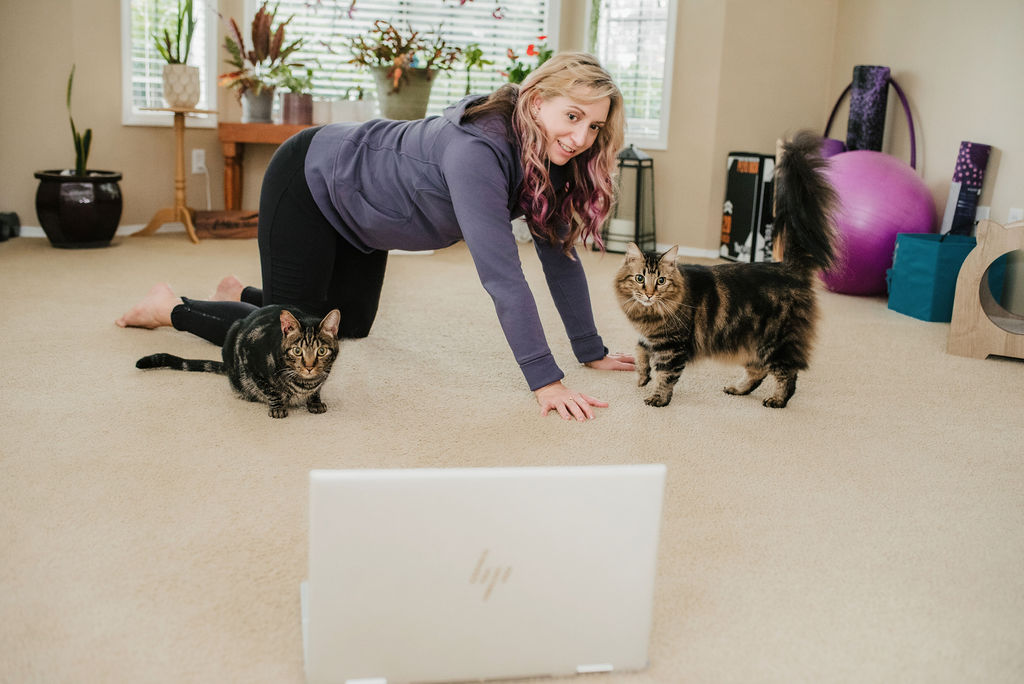
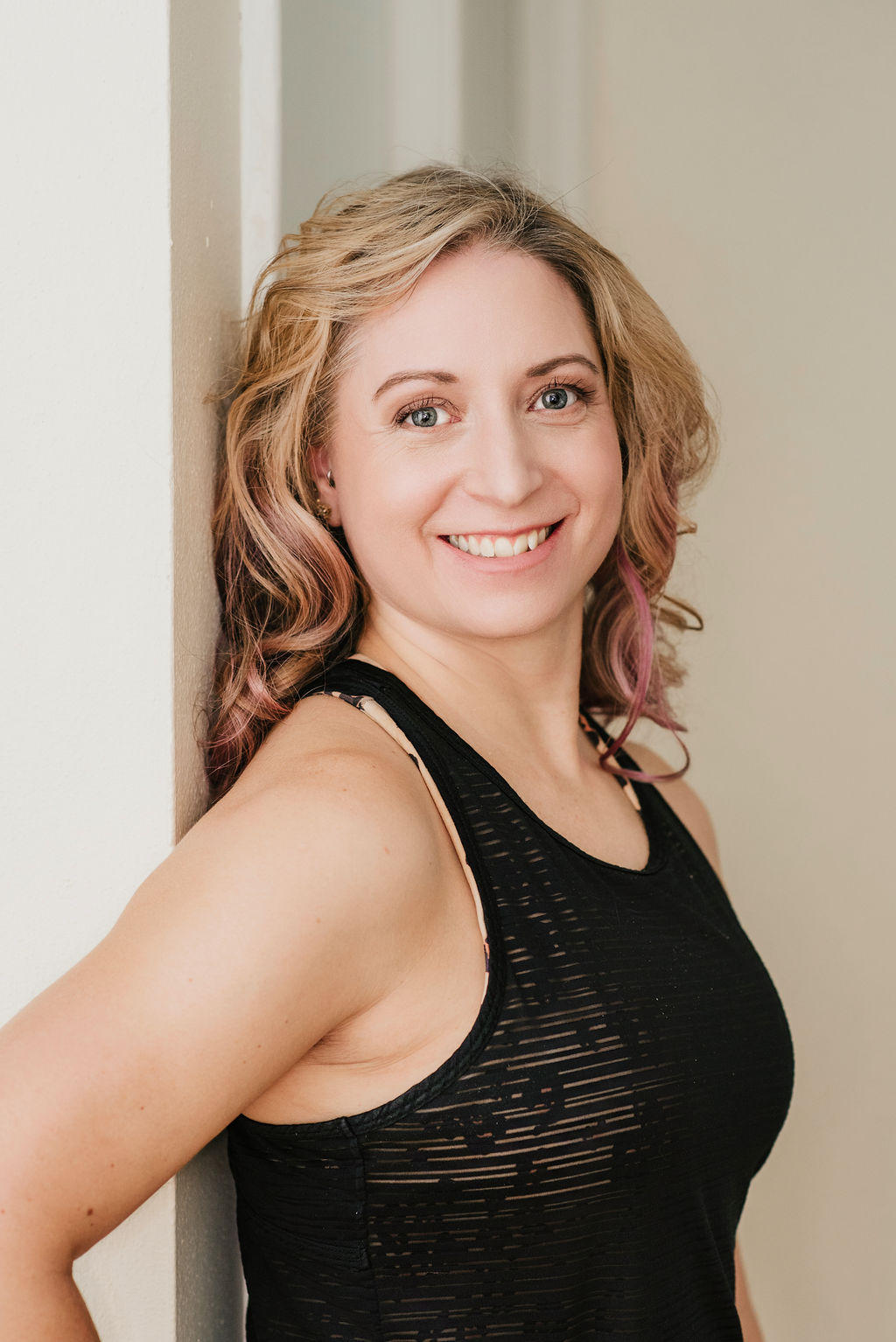
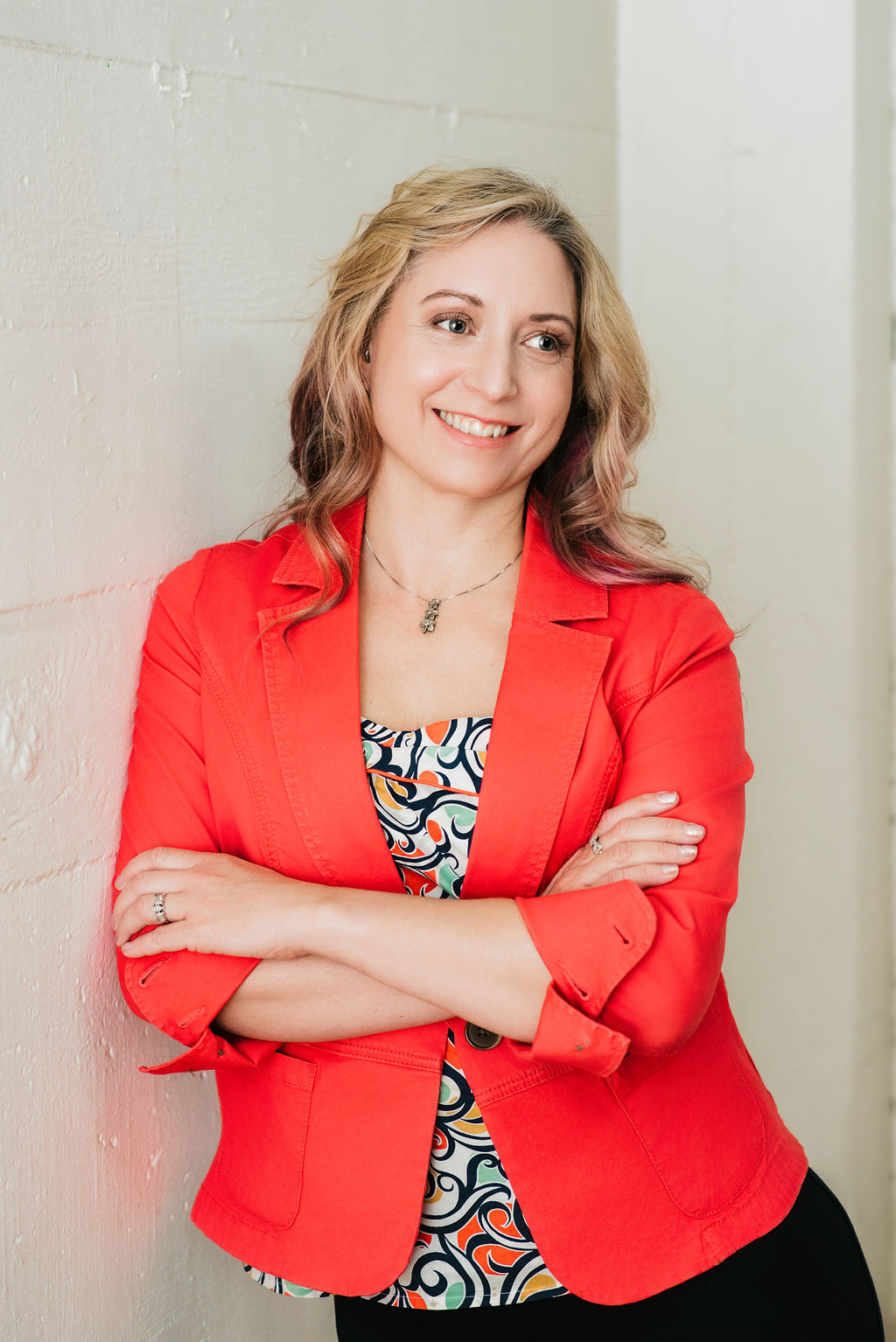

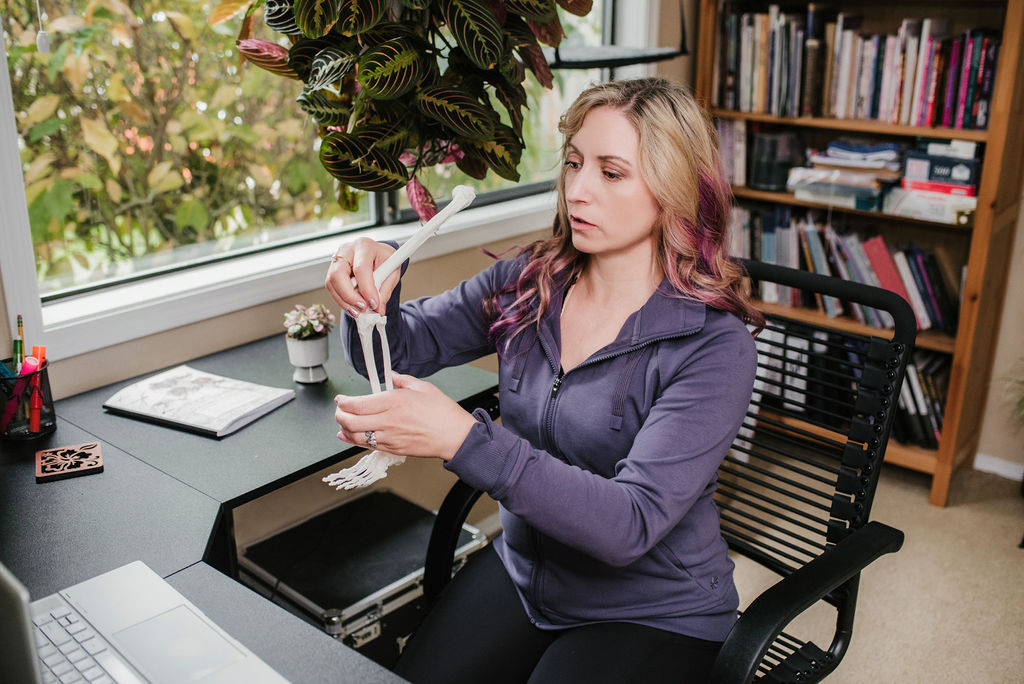
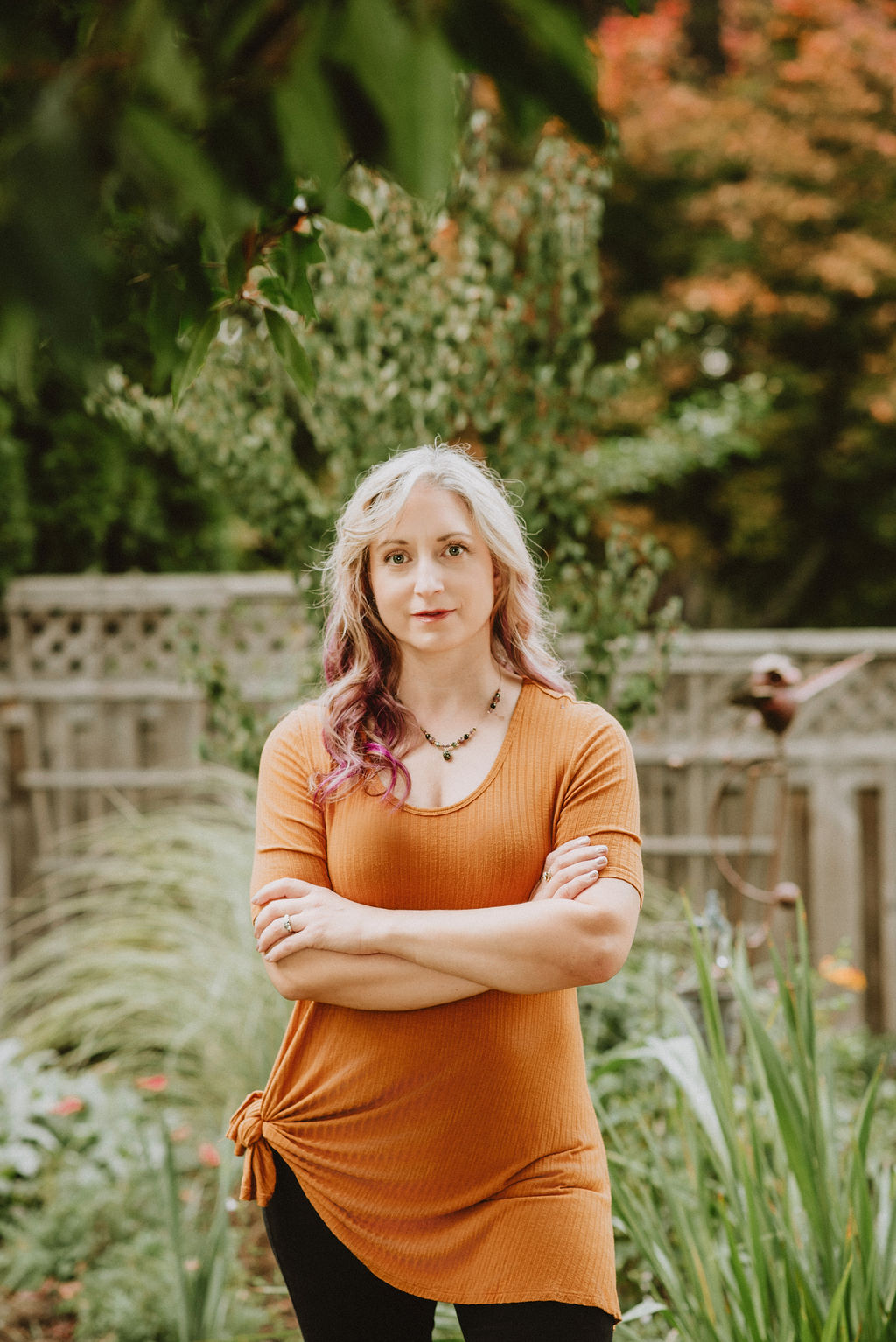
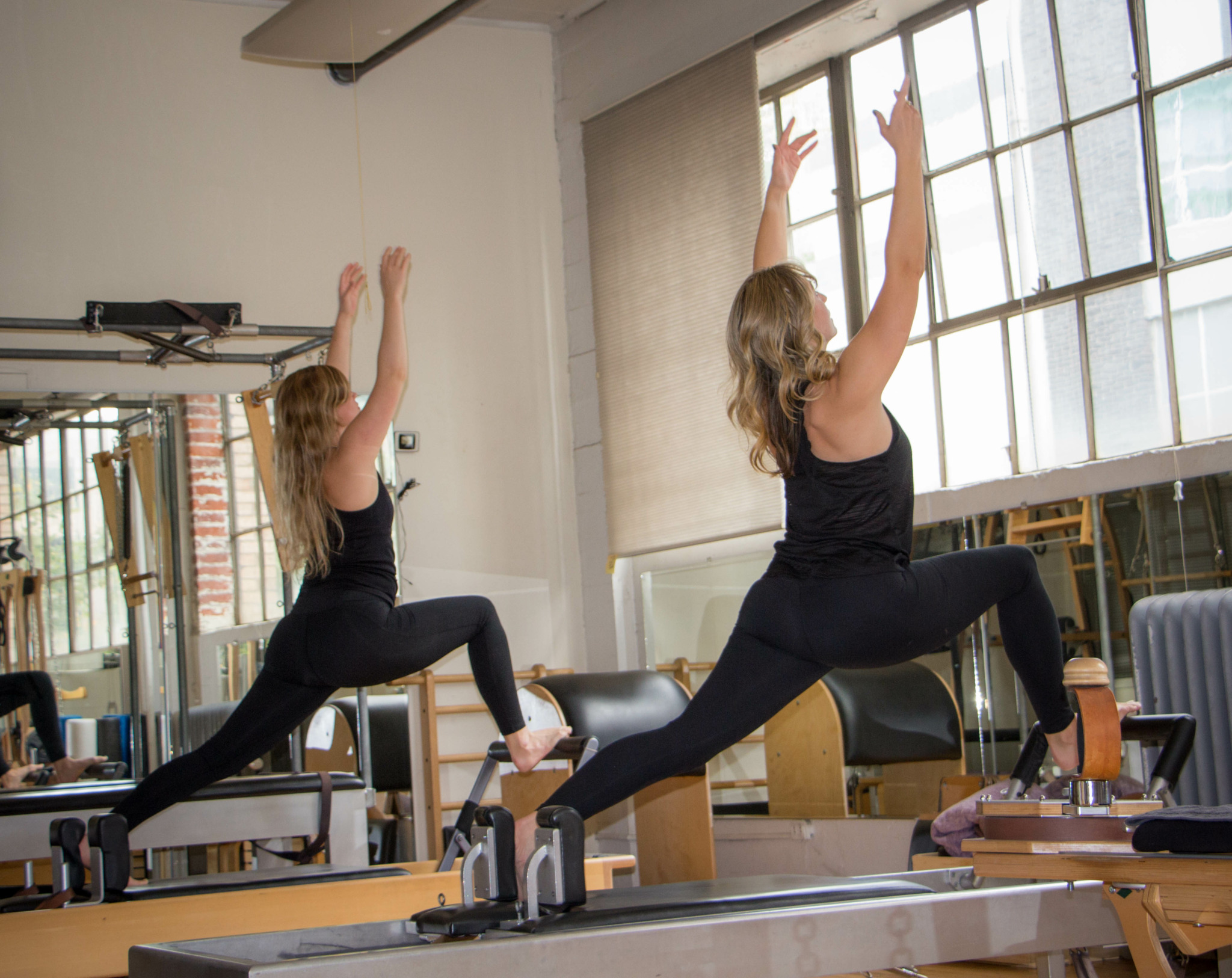
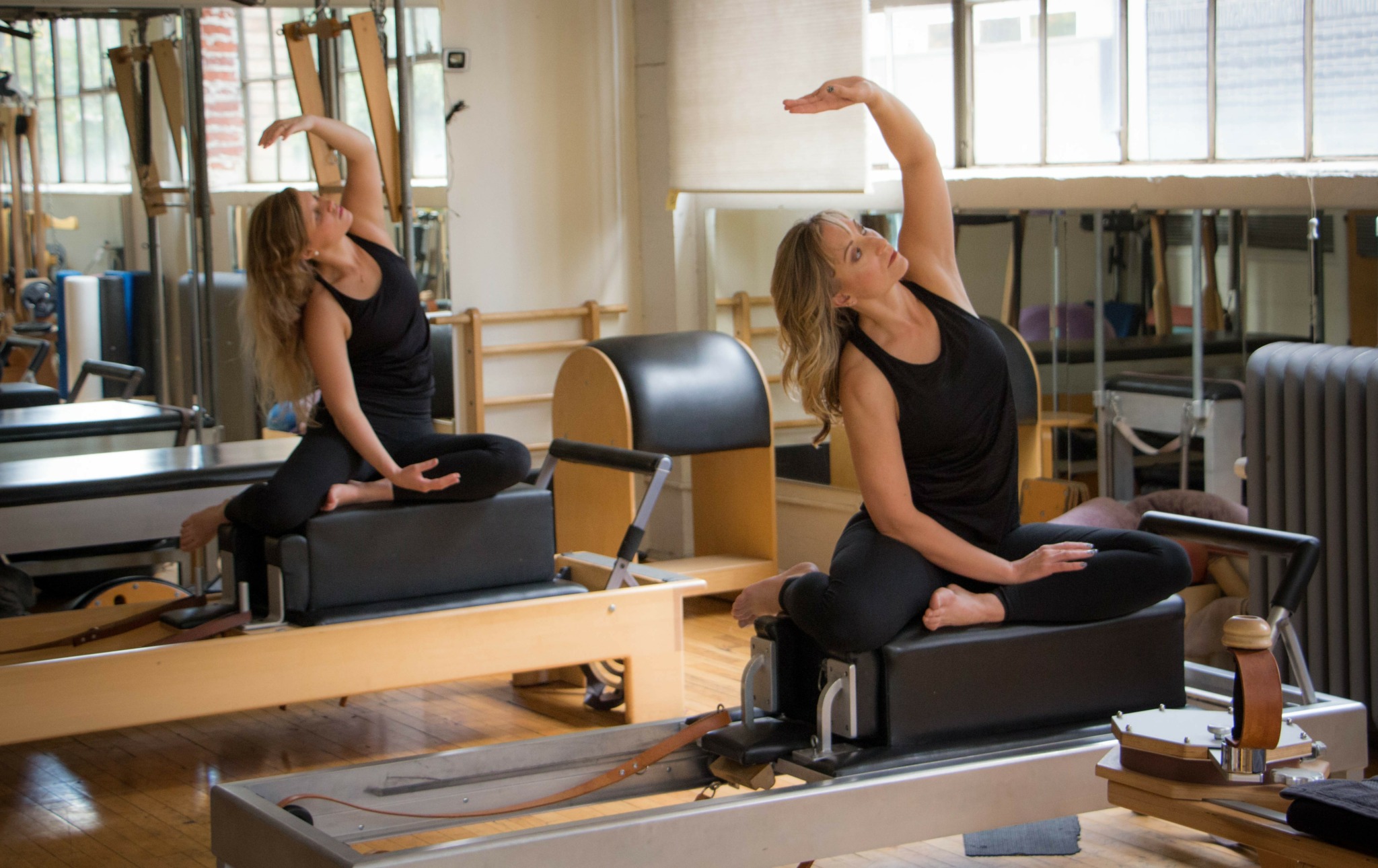
Image Credits
Nicole Severson & Shannon Dykstra


